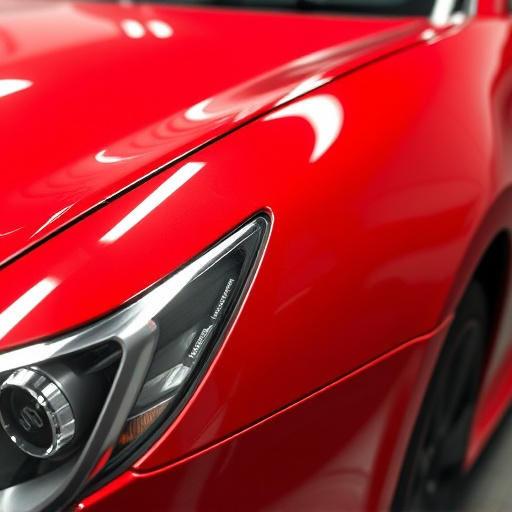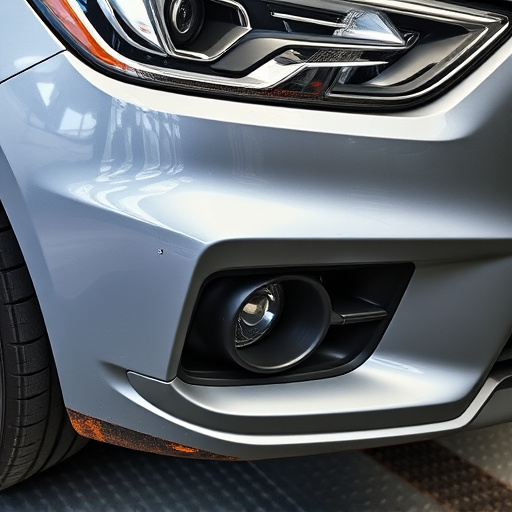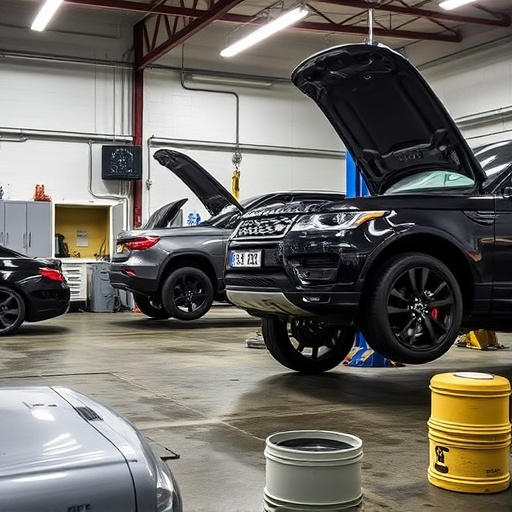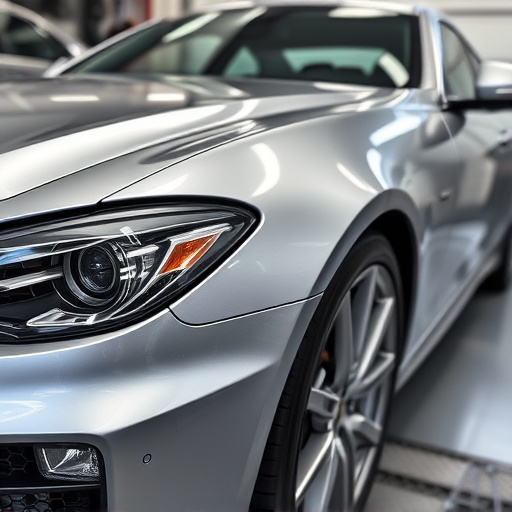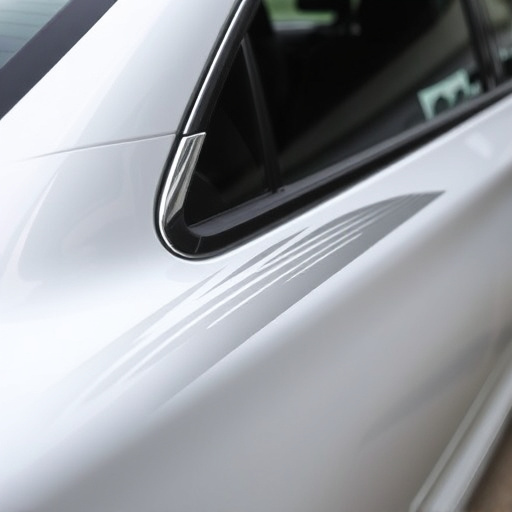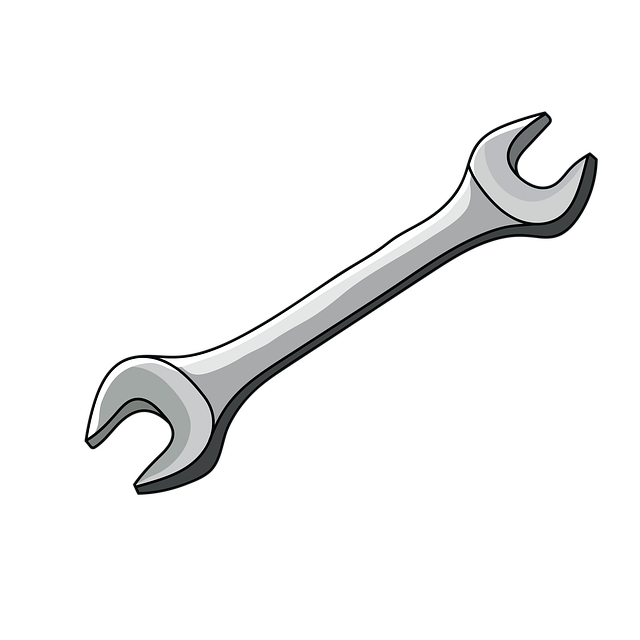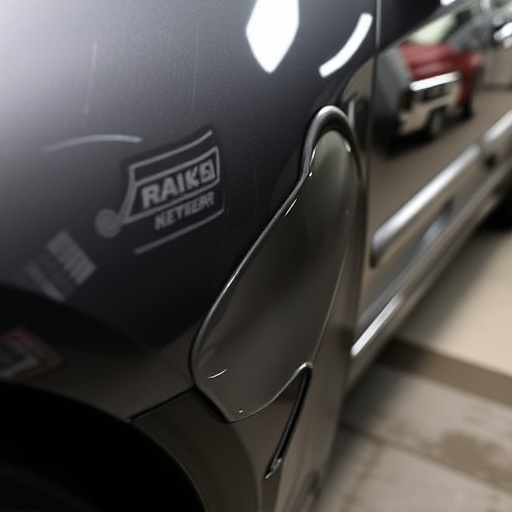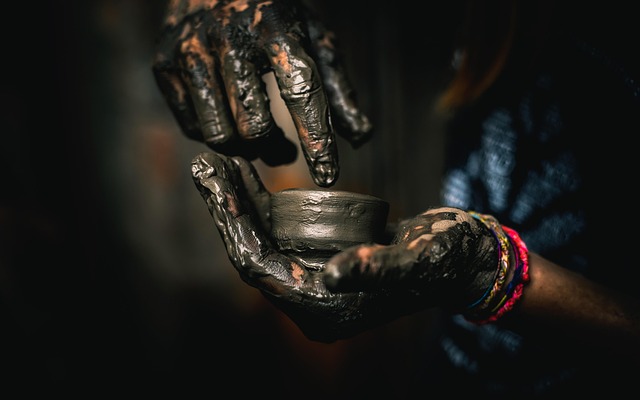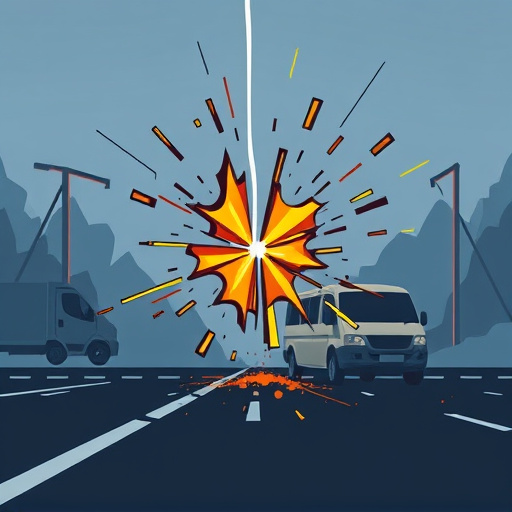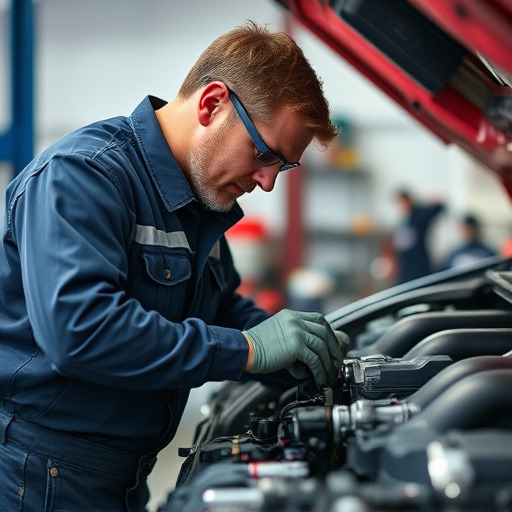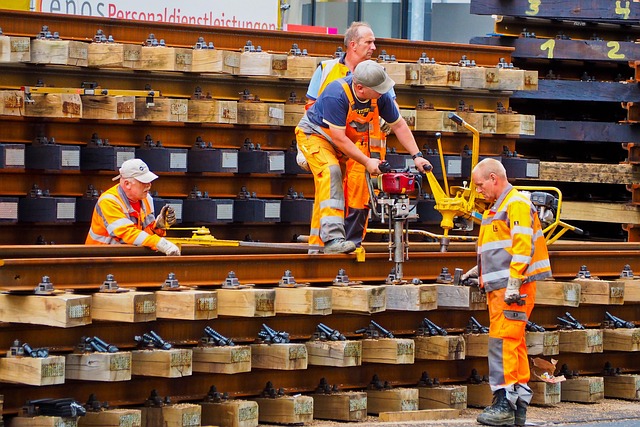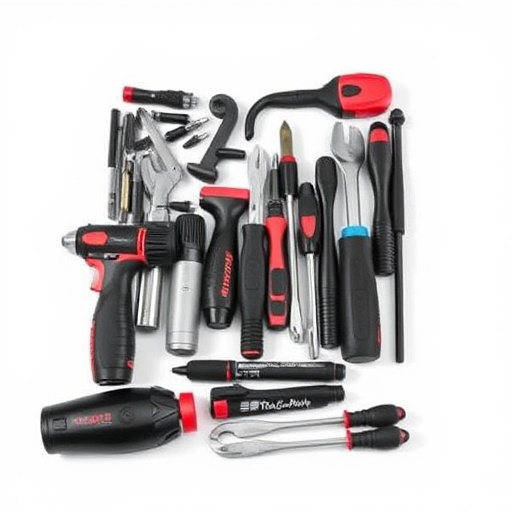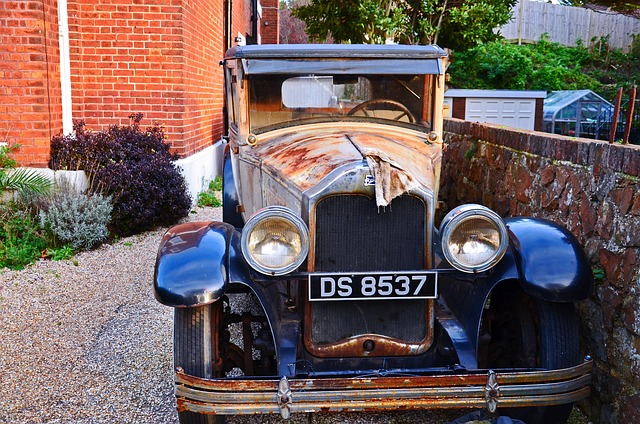After a cooling system accident damage, inspect for leaks, hose cracks, and radiator dents. Regular maintenance checks prevent further issues during repairs. Professional advice is crucial for safe fan and pump replacements, ensuring reliable post-collision performance.
After a collision, assessing your vehicle’s cooling system is crucial. Even minor accidents can cause hidden damage to vital components like radiators, fans, and pumps. This article guides you through the process of identifying coolant leaks and determining when to replace cooling parts safely. Learn about the signs of radiator damage, fan and pump component inspection, and expert advice on minimizing long-term risks associated with accident damage to your cooling system.
- Assessing Coolant Leaks After an Accident
- When to Replace Cooling Radiators Safely
- Understanding Damage to Fan and Pump Components
Assessing Coolant Leaks After an Accident
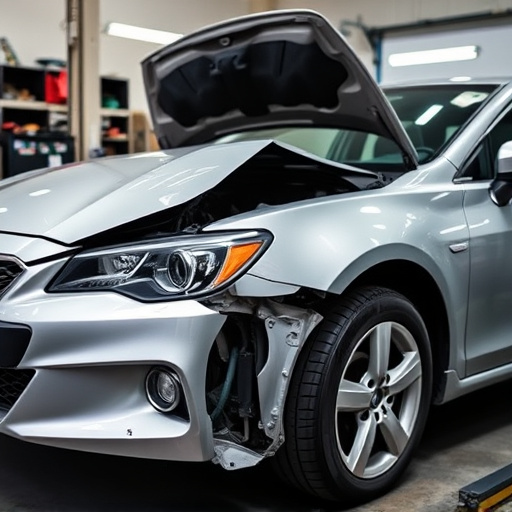
After a crash, one of the first steps in assessing accident damage to a vehicle is checking for any signs of coolant leaks. Coolant plays a vital role in maintaining optimal engine temperatures and ensuring the longevity of your car’s cooling system. If you suspect a leak, it’s crucial to act promptly. Leaks can be caused by various components like radiators, hoses, or seals that may have been compromised during the accident.
Inspecting the underbelly of the vehicle, looking for wet spots, and checking the level of coolant in the reservoir are effective ways to identify leaks. If damage is evident, such as cracked or burst hoses, bent radiators, or loose connections, it’s a clear indication that repairs are needed. Classic car restoration experts recommend regular maintenance checks post-accident to prevent further complications and ensure your vehicle’s cooling system operates efficiently, especially when taking your prized possession to an auto body shop for repairs.
When to Replace Cooling Radiators Safely
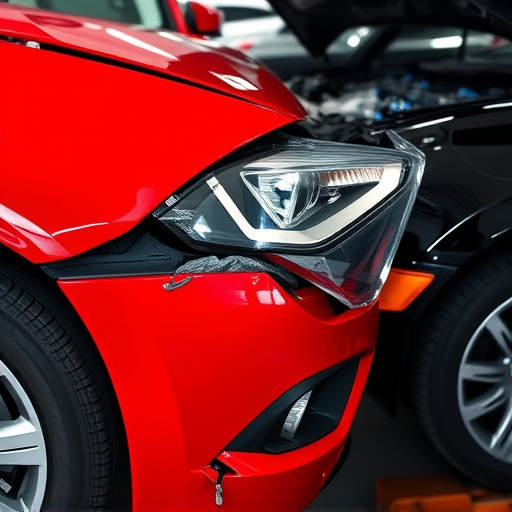
After a collision, it’s crucial to assess the extent of your vehicle’s damage, especially when it comes to the cooling system. One of the vital components to inspect is the radiator, as accident damage can compromise its integrity. If the radiator shows signs of leakage, severe denting, or cracks, it’s a clear indication that a replacement is necessary. Delving deeper into auto repair services, a car repair shop’s expertise becomes invaluable here; they have the tools and knowledge to ensure the new radiator fits seamlessly and securely, maintaining optimal vehicle performance post-accident.
The safety aspect cannot be overstated when dealing with cooling system accidents damage. Radiators are designed to manage high temperatures, and any mishandling during replacement could lead to serious burns or other hazards. Therefore, it’s best left to professionals who can guarantee a safe and efficient installation, ensuring your vehicle’s cooling system operates reliably and effectively, just like new.
Understanding Damage to Fan and Pump Components
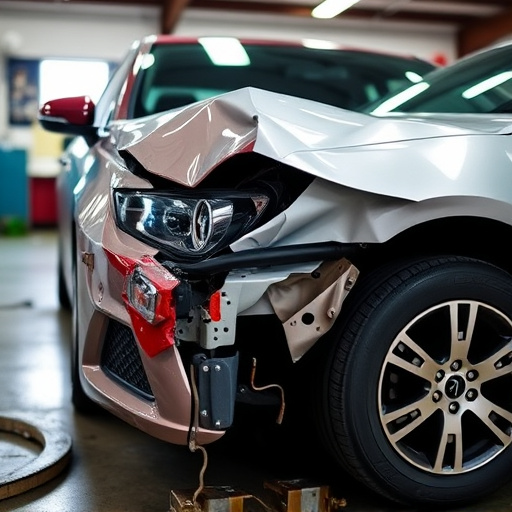
After a cooling system accident, understanding the damage to fan and pump components is crucial for determining replacement needs. Upon inspection, look for signs of physical damage such as dents, cracks, or leaks, which can compromise the integrity of these parts. In severe cases, a car collision repair might be necessary to restore structural integrity and ensure optimal performance upon restart.
The complexity of cooling system components also means that dent removal isn’t always a viable option. Even if visually appealing, underlying damage could have affected their functionality or strength. Therefore, it’s important to assess each part individually and consult with professionals in a vehicle body shop for expert advice on replacements, especially after significant car collision repair incidents.
After a collision, it’s crucial to assess your vehicle’s cooling system for any signs of damage. If you suspect coolant leaks or identify issues with radiators, fans, or pumps, it’s essential to act promptly. Replacement parts ensure optimal engine performance and prevent further complications. Regular maintenance and timely repairs are key to keeping your cooling system in top condition, especially after an accident, to avoid unexpected breakdowns.
